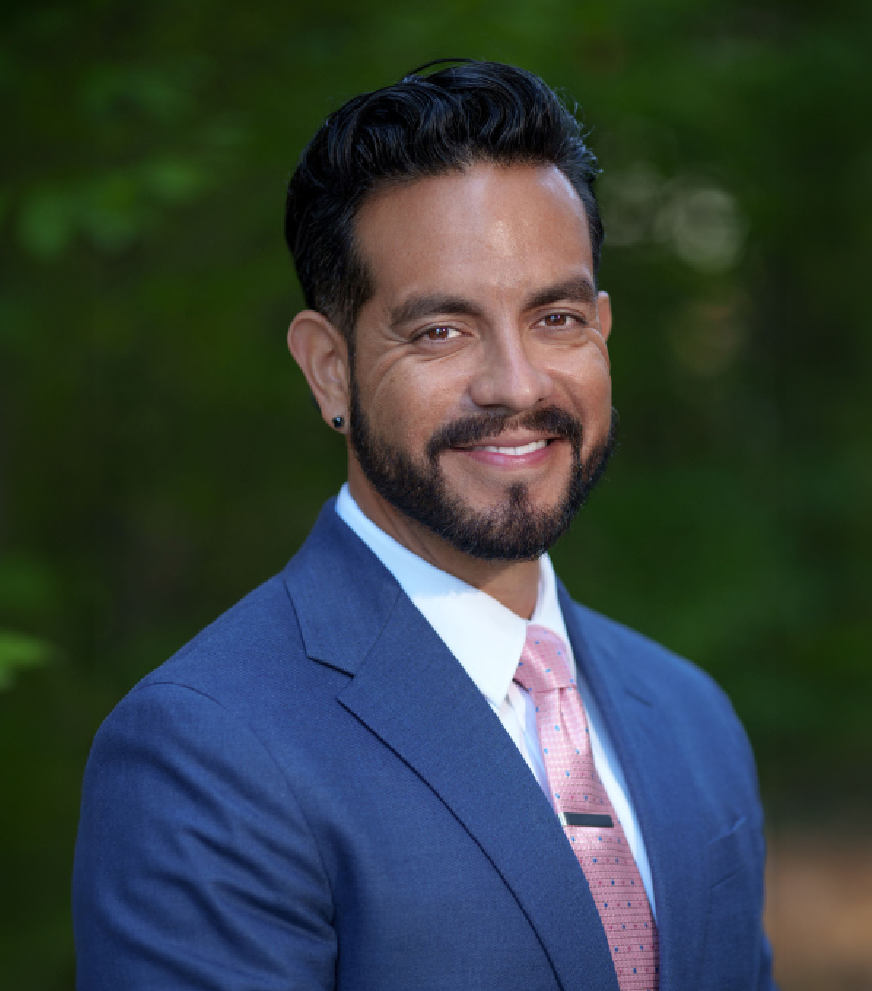
The Secret to Making Policy Stick: Getting the Advice You Need
Support Implementation With Input From Three Panels
Policies don’t implement themselves. Even the most technically sound or well-intentioned educational policies falter without the infrastructure to move from concept to classroom. For many states, the biggest challenge isn’t in setting the vision; it’s in translating that vision into everyday decisions, supports, and measurable outcomes.
I recently co-facilitated a task force meeting where we explored how assessment design decisions intersect with accountability policy and real-world implementation constraints. The meeting brought together diverse participants across policy and practitioner roles, led by technical experts. We discussed the technical mechanics of assessment design and surfaced deep tensions among data usage, the realities of student mobility and the role of assessment.
Nearly all states rely on guidance from technical advisory committees (TACs) to ensure psychometric quality and defensible decision-making. But fewer states consistently solicit structured input from panels that offer expertise on design and delivery or on policy and practice. Some have formal versions of these groups; others have informal feedback loops or ad hoc consultations. Some states don’t get these kinds of input.
In this blog, I propose a three-legged model—grounded in what some states already do well—to help build that much-needed stability:
- Design and development committee (DDC)
- Policy and practice advisory committee (PPAC)
- Technical advisory committee (TAC)
In a recent paper, I outlined how technical advisory committees (TACs) can help states navigate complex issues and make sound decisions. But TACs alone are not enough. Let me show you how these three committees can work together to support moving from policy ideation to design, implementation and future revisions.
The Three-Legged Stool of System Stability
Each advisory body plays a unique and essential role:
- Design and development committee: These forward-looking groups are composed of both advocates and skeptics—practitioners, community members and local leaders—who examine how systems operate in reality. They focus on improving future implementation by surfacing challenges, equity implications and design flaws. Their role is to help pressure-test new ideas, improve user experience and build long-term sustainability. We have several examples (Montana, Maryland & New Mexico) of how these committees have approached their work.
- Policy and practice advisory committees: Often called assessment advisory committees, these groups bring together state leaders, agency partners and local practitioners to align initiatives with state priorities, regulations and near-term feasibility. They focus on practical policy coherence, program alignment and system-level decisions that will be implemented within the current or upcoming school years. They also provide valuable on-the-ground reality checks to ensure feasibility.
- Technical advisory committees (TACs): These groups consist of psychometricians, researchers and technical experts who provide guidance on data interpretation, measurement validity, reliability and defensible technical decision-making. TACs help ensure the system’s credibility and robustness from a measurement science perspective.
While each of these groups includes distinct kinds of expertise, it’s the way they work together that’s really important. Together, they form a system of support that allows states to move from design to delivery without falling apart under pressure.
Technical Advisory Committees as a Model (and a Launchpad)
Here at the Center, we advocate for using structured and principled processes that can be shared openly. As part of our TAC work, we are building an infrastructure that includes:
- narrative guides: practical how-to documents that walk through the structure and rhythm of an effective TAC
- charters: succinct documents that formally define a TAC’s purpose, scope, roles, responsibilities and operational procedures
- sample agendas
- facilitation tips
- core competencies to support TAC facilitator selection
These resources strengthen internal operations and support new state partners. They also help demystify the process of building and maintaining effective advisory groups. But TACs are only one leg of the stool. To ensure balance, we must provide similar resources and guidance for the other two legs.
Each of these groups needs clear charters or guidelines, defined membership criteria, examples of how policy and practice groups can work in tandem with TACs, and tools to support logistics, accessibility, and diverse participation.
Just as we wouldn’t ask a TAC to operate without structure, we shouldn’t expect design and development groups or topical advisory panels to succeed without similar support.
Open-Sourcing Stability
Strong systems shouldn’t be secrets. That’s why we make our tools and practices openly available—not just to support our partners, but to stabilize the broader ecosystem.
Our open-source resources include narrative how-tos, task force reports, design reports, evaluation reports, recommendations on guiding principles, and competency frameworks—all designed to help others build advisory groups that work. Sharing these tools isn’t just about transparency; it’s an investment in the field’s collective capacity to make smarter, faster and more durable decisions.
Open-source advisory tools benefit:
- state agencies looking to establish or refine their advisory structures
- consultants and vendors seeking clarity on system expectations
- practitioners who want to participate meaningfully in design and implementation conversations, and
- TAC members and facilitators who need structure and guidance.
Supporting Advisory Groups for Fairness and Real-World Use
A well-designed advisory group isn’t useful unless states actually use them. That means structuring meetings, materials and participation practices to reflect real-world conditions—bandwidth-strapped agencies, hybrid formats, and participants with lived experience and practical expertise.
Advisory panels need to support fairness, and that means more than inviting diverse voices. It means removing participation barriers, creating accessible materials, and designing systems that reflect the needs of those most often excluded from decision-making. That includes caregivers, leaders of underserved communities, and remote or school-based practitioners who are navigating daily implementation.
Equity isn’t just about who’s at the table—it’s about whether they can participate fully and shape what comes next.
From Ideas to Infrastructure
Even the best ideas can fail because they lack the infrastructure to stay stable under pressure, under scrutiny, and over time.
Each leg of the stool (design/delivery, policy/practice, and technical) brings balance to the system. Without one, the stool will wobble. Together, they offer stability, clarity and resilience.
To move from policy to design, design to practice and practice to impact, we need more than good intentions. We need structures that persist beyond launch; structures that persist through the full life cycle of systems.
Let’s stop relying on good ideas alone. Let’s build systems that last.
